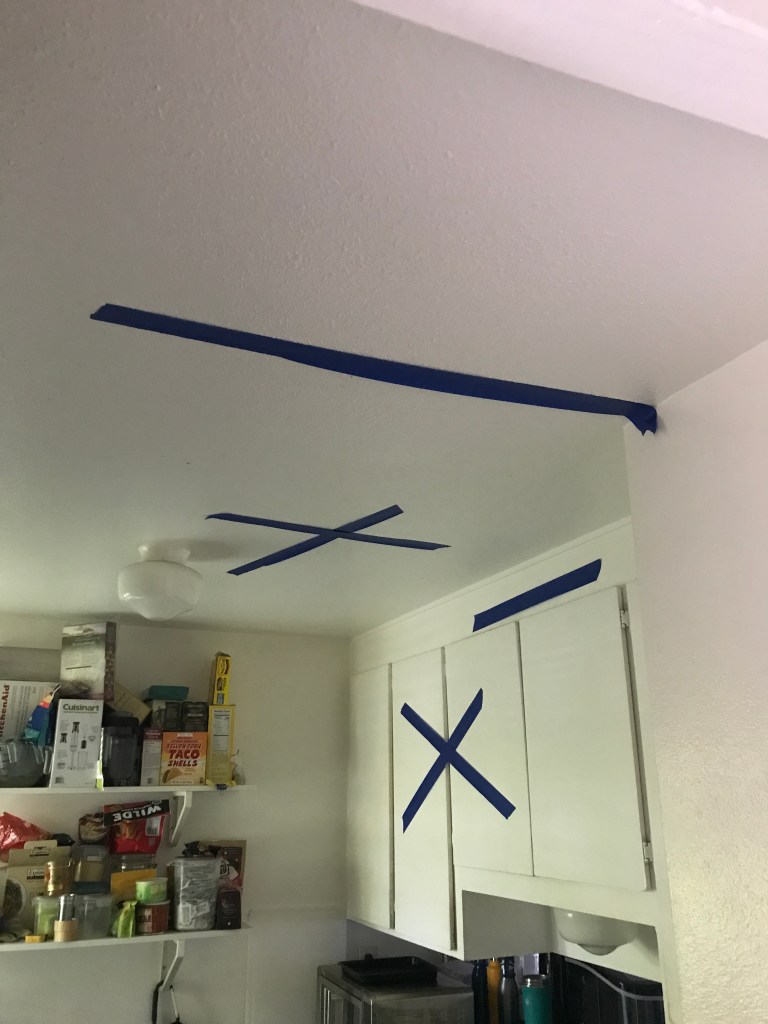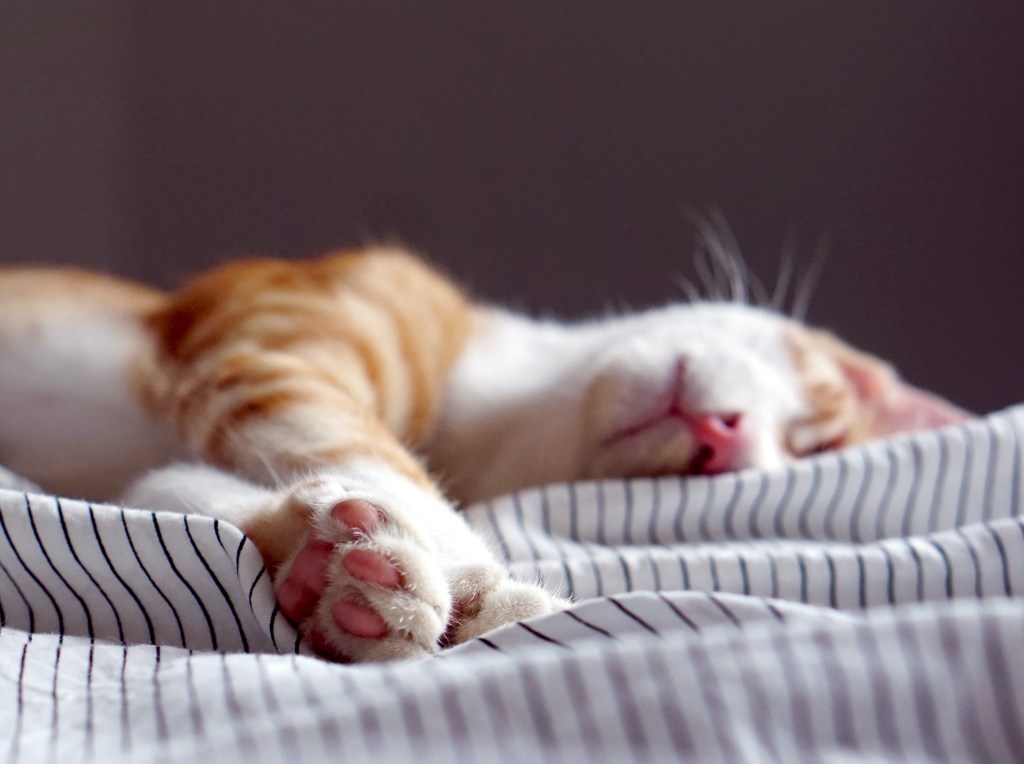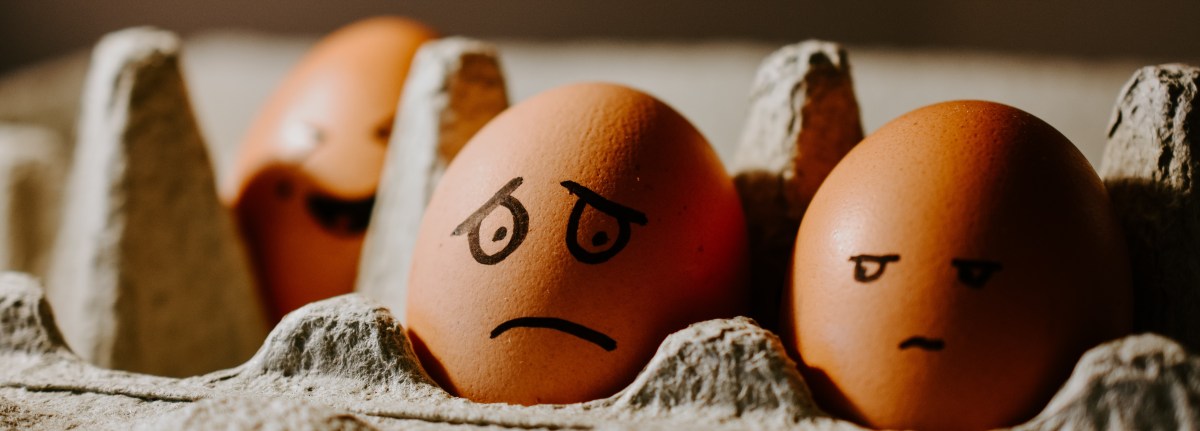(Title image: Photo by 愚木混株 cdd20 on Unsplash)
So my health has taken an interesting turn.
About a week ago, I went to see a nurse practitioner (NP) for an interesting combination of symptoms: nausea and middle back pain. After listening to my complaints, she determined that the cause was most likely kidney stones.
So…I’m not the typical kidney stone sufferer…but I wasn’t the typical breast cancer getter either, so I accepted her diagnosis while we awaited lab confirmation of whether there was blood in my urine (TMI, sorry).
And then I proceeded to waste an entire weekend on the Internet, driving myself bonkers about what foods contained oxalates (a common kidney stone culprit) and how to combine foods that did with calcium, but not too much calcium.
I was treading in the Wild West of the Internet and I soon learned that kidneys are big business and everyone not only has an opinion, but is also selling something.

(Photo by JESHOOTS.COM on Unsplash)
At the same time, except for one relatively bad night with a lot of pain, most of my symptoms remained mild-ish. Definitely not “hurts more than childbirth” level.
However, as a result of this, I was afraid to eat, which seemed to increase the pain and I realized that it was actually kinda sorta in my stomach?
Four days after submitting the urine sample, my NP called with the results: no blood in the urine.
That made the “kidney stones” story more difficult to believe. So after more discussions with her, she settled on the possibility that I might just be experiencing particularly bad heartburn and prescribed omeprazole to reduce the levels of acid my stomach produces.
This actually made a lot of sense to me. I am one of those “stress non-eaters”: in difficult situations I lose my appetite quickly, go for longer periods without eating and tend to lose weight. That leaves a lot of time for my stomach to sit empty.
But this also brings up another point that I find personally interesting. I have consistently been doing better with handling general stress and anxious episodes. I now have a plan for stress that includes understanding my reactions and using mindfulness, meditation and exercise. As a result, I experience far fewer episodes of runaway anxiety.
However, I am not able to control everything that happens in my body. I might be able to soften my response to stress and anxiety, but over the long term my body may still show signs of wear and tear from the pressures that I face.
This may also mean that while I’m doing great with keeping my stress levels lower, I might not be doing as great as I think I am. If this is truly “heartburn” or a little ulcer or something, it’s a reminder that managing stress is a constant process that requires vigilance.
Oh, and there’s also the oxalate thing, which my NP said not to stress over since it’s probably not a kidney stone. Which is good. Except now I’ve bought a bunch of low-oxalate foods, a number of which are the ones that I learned I should avoid for stomach issues.
Health is becoming a nonstop game of whack-a-mole.

















![Chemo Fatigue: What Is It Like? [video]](https://franticshanti.com/wp-content/uploads/2022/07/howling-red-2tispdidr8i-unsplash_cropped.jpg?w=1200)








